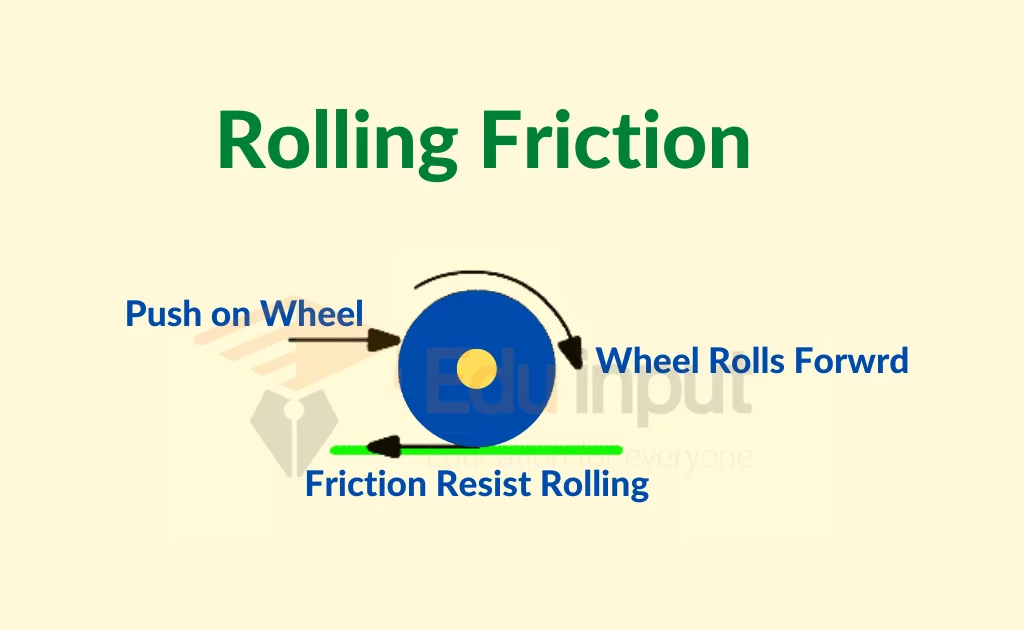Friction: The Force that Resists Motion
Friction is a force that opposes the relative motion between two surfaces in contact. It arises from the interactions between the molecules of the contacting surfaces. When two surfaces try to slide past each other, these interactions create a resistance to the motion.
Types of Friction
There are several types of friction, each with its own characteristics:
- Static Friction:
- Occurs between two surfaces at rest relative to each other.
- Prevents the object from starting to move.
- Its magnitude increases as the applied force increases, up to a maximum value.
- Kinetic Friction:
- Occurs between two surfaces in relative motion.
- Opposes the motion of the object.
- Its magnitude is generally constant and less than the maximum static friction.
- Rolling Friction:
- Occurs when a round object rolls over a surface.
- Much smaller than sliding friction.
- This is why wheels and ball bearings are used to reduce friction.
- Fluid Friction:
- Occurs between a fluid (liquid or gas) and a solid surface.
- Also known as drag or viscous friction.
- Its magnitude depends on the velocity of the object and the properties of the fluid.
Factors Affecting Friction
The magnitude of friction depends on several factors: - Nature of the surfaces: Rougher surfaces generally have higher friction than smoother surfaces.
- Normal force: The force perpendicular to the surfaces in contact. Greater normal force leads to greater friction.
- Area of contact: In most cases, the area of contact has little effect on friction.
- Presence of lubricants: Lubricants reduce friction by creating a thin film between the surfaces.
Importance of Friction
Friction is both a friend and a foe. It can be beneficial or detrimental depending on the situation: - Benefits:
- Enables us to walk, drive, and grip objects.
- Allows us to light a match.
- Helps in the operation of brakes and clutches.
- Drawbacks:
- Wears down moving parts in machines.
- Generates heat, which can be wasteful.
- Increases energy consumption.
Reducing Friction
To reduce friction, we can: - Use lubricants.
- Make surfaces smoother.
- Use ball bearings or rollers.
- Streamline objects to reduce fluid friction.
By understanding friction, we can control it to our advantage and minimize its negative effects.




